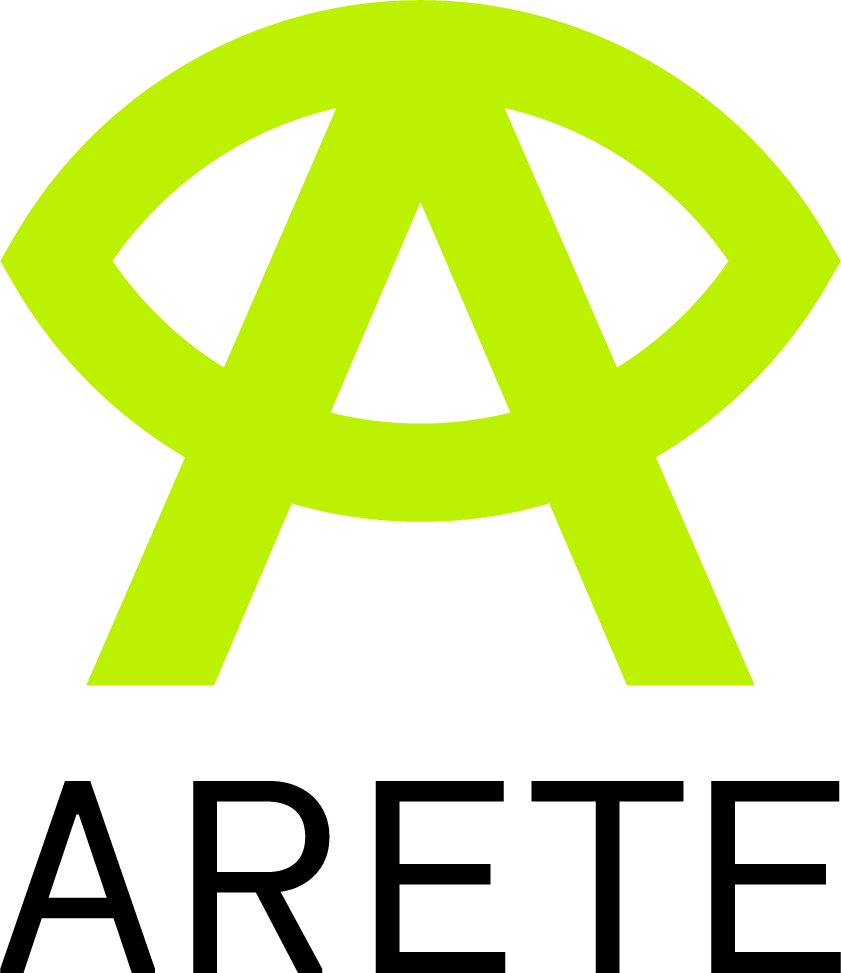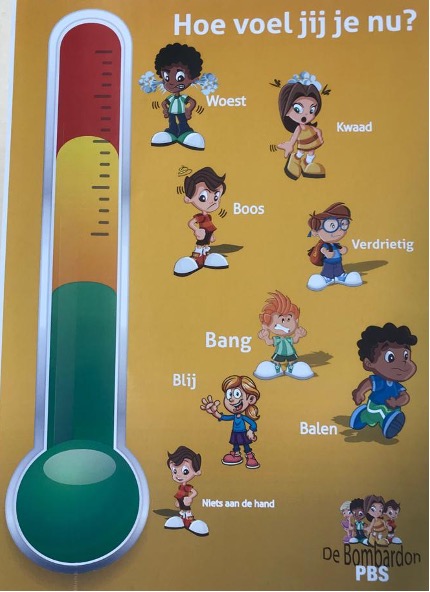Literature review of the multi-user interaction in AR applications for education
Digital transformation is profoundly impacting and disrupting every facet of society, and education is no exception. In the last two decades, several technologies and techniques have impacted the education industry, being the most notorious the irruption of Massive Open Online Courses (MOOC), the widespread adoption of Interactive Whiteboards (IWB) and, more in general, the success of Technology-Enhanced Learning (TEL).
Given its surge in popularity, AR has become an active research topic and several studies have been performed to analyse how this technology has been used in educational contexts.
The main advantage provided by AR is that it can be integrated seamlessly with the real world, especially for markerless applications that can interact with objects or printed material already available in the classroom. This encourages student engagement and minimises the time required to learn how to use the technology, allowing the students to spend more time learning the subject.
In this case, we provide an SLR of the AR applications deployed in primary and secondary schools, with a particular focus on the collaborative, multi-user and interactive characteristics of such applications. We decided to consider only the articles published after 2015, since in that year the number of publications related to the application of AR in education has seen a huge increase. The Research Questions (RQ) that we addressed with this study are:
- RQ1: What collaborative, multi-user, interactive AR applications have been used in an educational environment in primary or secondary schools?
- RQ2: What was the motivation for using AR as an educational tool?
- RQ3: How effective are AR applications at improving the students’ knowledge of a subject? How is this evaluated?



